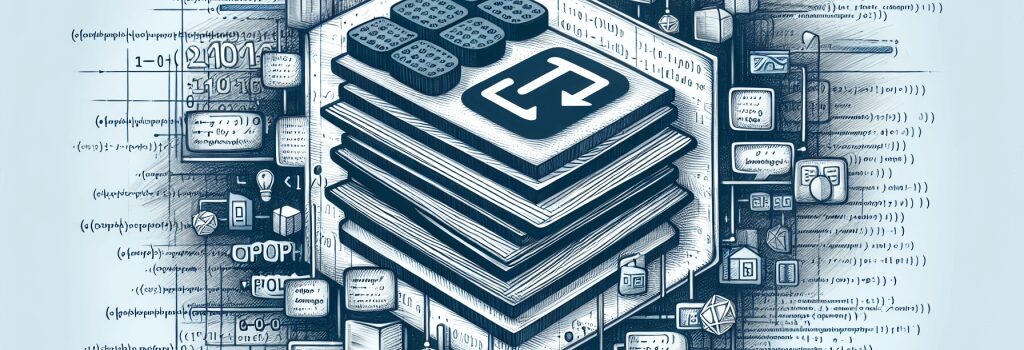Strategizing Error Handling with PHP Exception Handling Techniques

Alright, budding developers. Buckle up because we’re about to dive into the spicy salsa of website creation: error handling with PHP using exception handling techniques. “Error what now?” you might be asking. Don’t fret, we’ll break it down for you. But unless you’re a gifted psychic or a flawless machine, chances are there will be times when your code stumbles and falls flat on its face. That’s where error handling comes into play.
First Off, What’s an Exception?
In the simplest terms, an exception is like that unexpected, pesky zit that pops up on your face on the morning of the prom night. It’s an error that occurs during the execution of your script, causing things to not run as expected. When that happens, PHP gets befuddled and decides to throw an exception.
“Throwing” is like yelling out loud, “Hey something went wrong, fix it!” And if it’s not caught, it can lead to your program crashing, which is about as pleasant as accidentally biting into a jalapeno when you thought it was a bell pepper.
So, How Do We Tackle These Exceptions?
Fair question, future PHP superstar. The secret sauce is to embrace the errors instead of shying away from them. Instead of letting the program crash and burn, let your script predict these mistakes and build a protective bubble around them, so the rest of the code can continue its merry way.
In PHP, we use try, catch, and finally blocks for this purpose. Let’s get a closer look at them, shall we?
Try
In the “try” block, you put the code that you think might cause an exception (like a dog that has a history of misbehaving). It’s like saying, “I’m going to try to execute this code, but I may not succeed.”
Catch
After the “try” block comes the “catch” block, which is where you handle the exception if it does occur. This acts like a safety net. So, if your code does trip and fall, it falls into a nice, soft net instead of smashing its face onto cold, hard reality.
Finally
Then we have an optional “finally” block, which is code that will always be executed, regardless of whether an exception occurred or not. It’s like dessert after dinner. No matter what happened during dinner, you always have space for dessert.
Congratulations, young padawans, you’re getting the hang of it. By now you should be starting to feel more like a seasoned coder, maybe even a PHP superstar, rather than a pink-faced newbie. Don’t worry if your code still feels messy and unpredictable, it’s a rite of passage we all must go through. Remember, even Beethoven was plonking out amateurish tunes on the piano at some stage. So, set your sights high, keep tinkering with those exception handling techniques and before you know it, you’ll be handling PHP like a symphony maestro.


